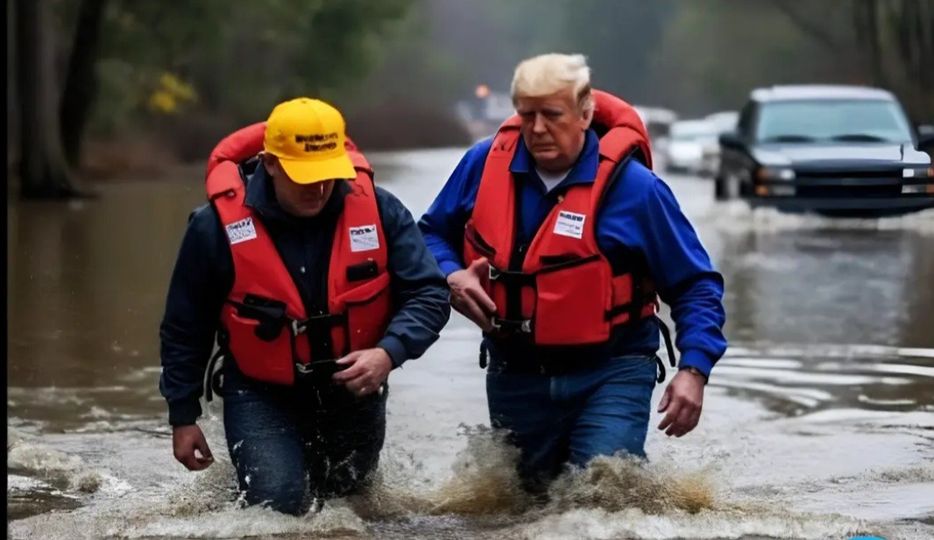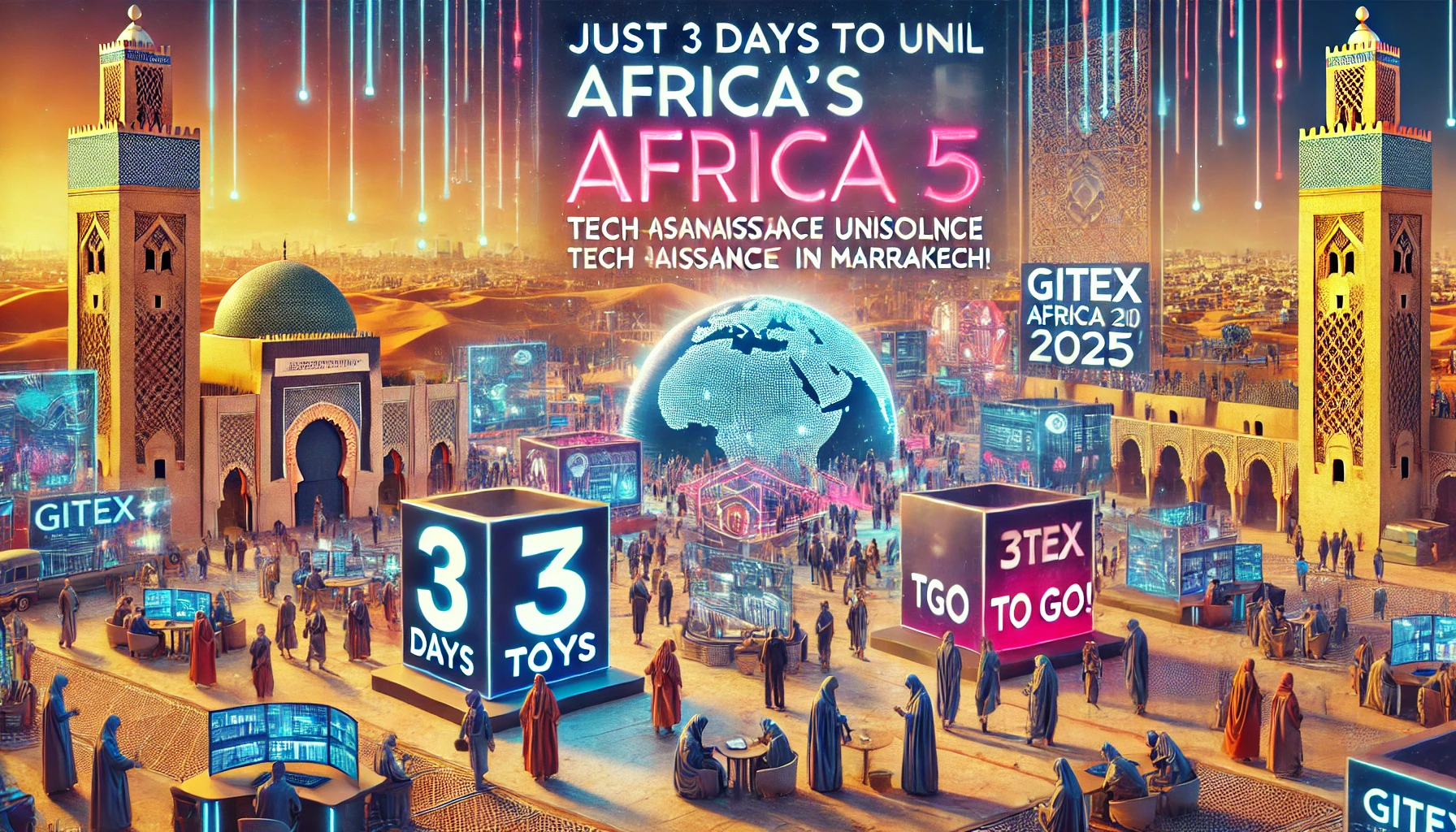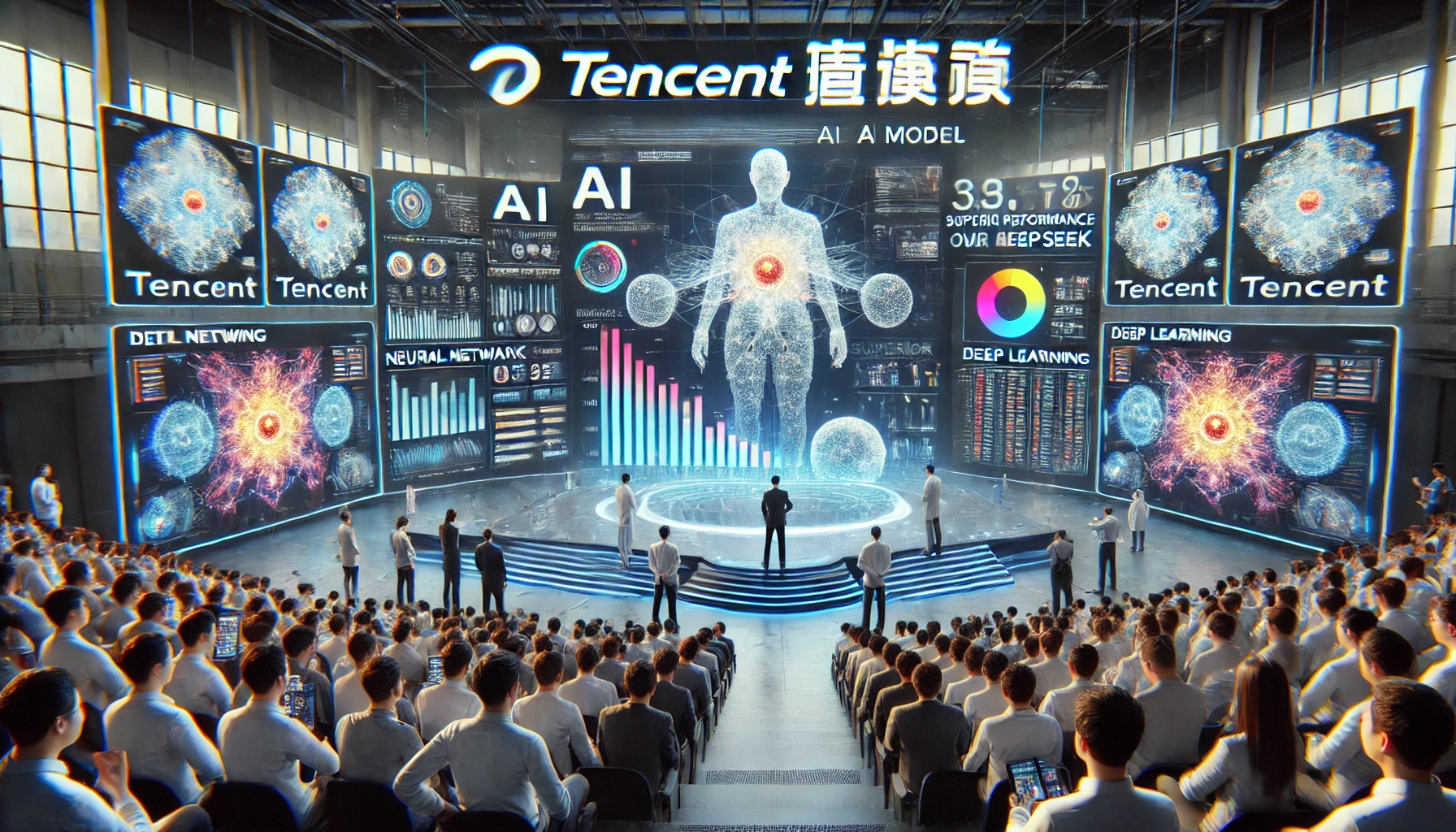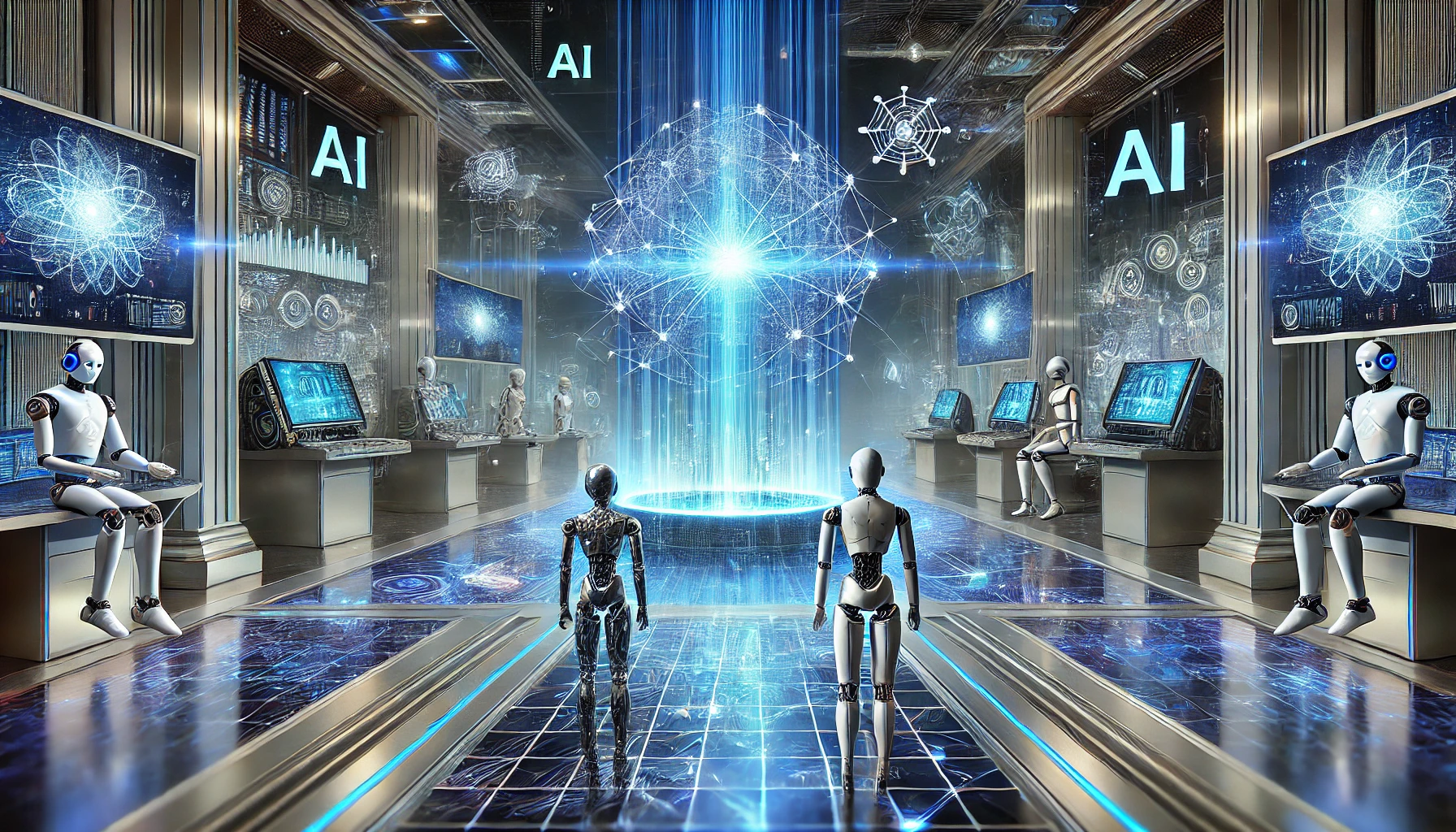AI-Generated Image of Donald Trump Wading Through Flood Waters Goes Viral
A striking image of former President Donald Trump wading through waist-deep flood waters in the aftermath of Hurricane Helene has taken the internet by storm. The image, which shows Trump walking determinedly through a flooded street, appears at first glance to be a powerful visual of leadership during a natural disaster. However, it has been revealed that the image is not real—it’s the product of artificial intelligence.
The Rise of AI-Generated Content
The image in question was created using advanced AI tools that generate hyper-realistic visuals based on text descriptions. In this case, the AI was tasked with imagining a scene of Donald Trump in a flood scenario, leading to the viral image that circulated widely across social media platforms.
AI-generated content, especially images, has become more sophisticated in recent years. These tools can create images that are nearly indistinguishable from real photographs, often blurring the line between reality and fiction. The image of Trump wading through floodwaters is just one of many examples of how AI can generate content that resonates with the public, even if it’s entirely fabricated.
Why the Image Gained Traction
Several factors contributed to the image’s widespread reach. First, Trump has always been a polarizing figure, and any visual representation of him—whether positive or negative—tends to attract attention. The image plays on familiar themes of leadership during crisis, a powerful and often shared narrative in the wake of natural disasters.
Hurricane Helene, though fictional in this context, added a layer of urgency and realism to the visual. Audiences, especially those accustomed to seeing real photos of political figures responding to natural disasters, may not have initially questioned the authenticity of the image.
The Dangers of AI-Generated Media
While AI-generated content like this can be entertaining or thought-provoking, it also raises concerns about misinformation. The ease with which realistic, yet fabricated, images can be created and disseminated is challenging efforts to combat the spread of false information. In the case of the Trump image, some viewers were quick to believe it was real, which sparked debates and emotional responses online before the truth emerged.
Experts are raising alarms over how these tools could be used to influence public perception, create false narratives, or even interfere with elections and social movements. The line between satire, art, and deliberate misinformation is becoming harder to distinguish, making media literacy more important than ever.
AI-Generated Images and Political Figures
This incident is not the first time AI-generated images of political figures have gone viral. In recent years, similar images have surfaced of politicians and celebrities in fabricated scenarios. These images often provoke strong reactions, partly because they tap into existing biases, emotions, or controversies surrounding the figures depicted.
For Trump, an image like this evokes memories of real-life crises such as Hurricane Harvey or other moments when political leaders were judged on their disaster responses. The AI-generated image leveraged that history to create an immediate emotional connection, despite being entirely fictional.
Conclusion: A Glimpse Into the Future of Media
As AI technology continues to advance, we are likely to see more instances of AI-generated content being mistaken for reality. While the image of Donald Trump wading through floodwaters may have been a harmless example, it underscores the growing challenge of distinguishing between fact and fiction in the digital age.
It also serves as a reminder to approach media with caution, especially when powerful visuals are involved. In the age of AI, not everything is as it seems.





